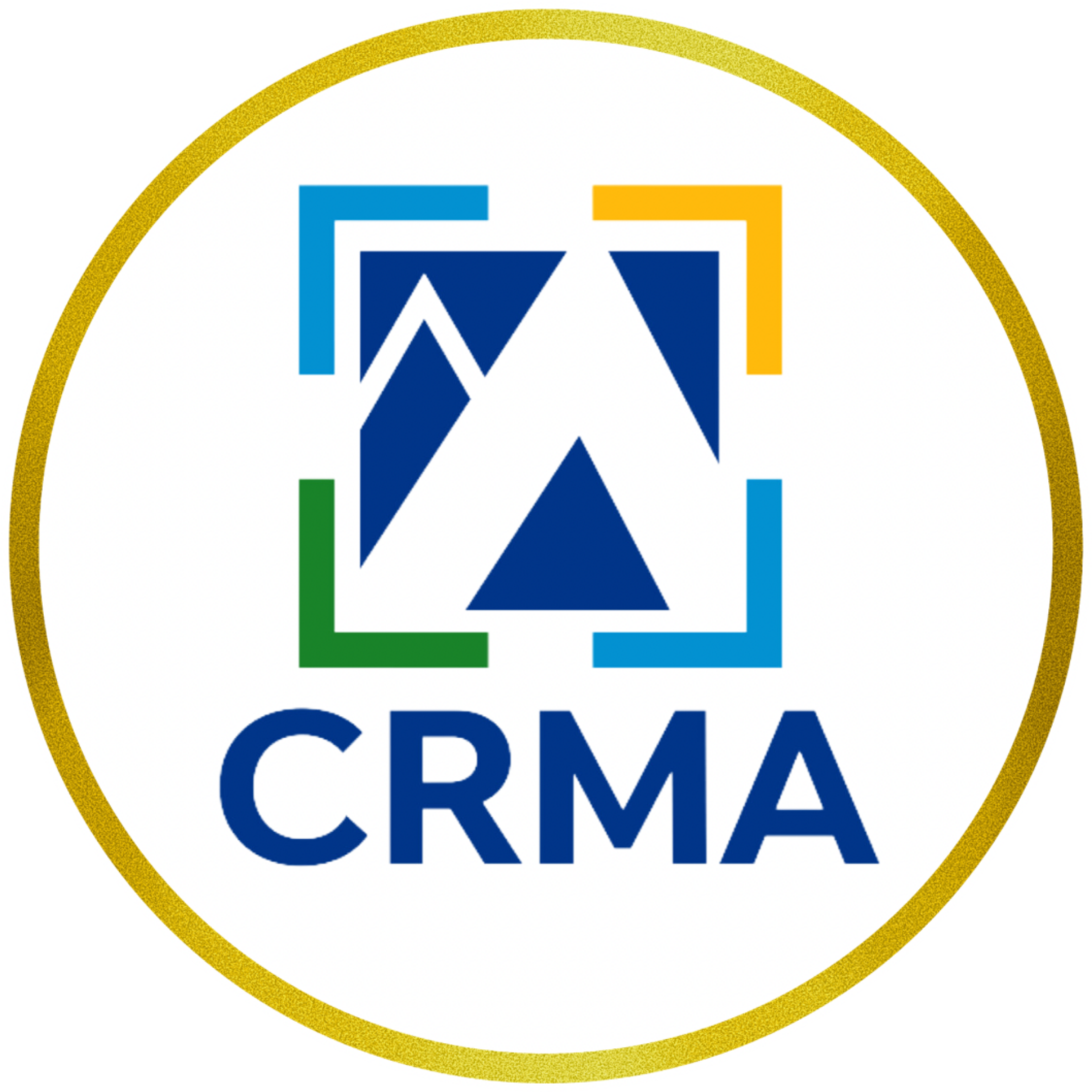Building Resilience: The Role of Enterprise Risk Management in Transforming Caribbean, Central and Latin American Countries
“In an increasingly volatile world, achieving holistic organizational resilience is becoming the new requisite for corporate strategy and risk management”. ~ The McKinsey FERMA Study.
In the last few years, the Caribbean, Central, and Latin America have been characterized by unprecedented negative disruptions and massive global challenges, whereby the resilience of economies has become paramount for sustainable development. This imperative is particularly pronounced for these countries/islands, given their vulnerability to various risks ranging from natural disasters, crime, societal disruptions, and geo-political and economic risks. Adopting robust Enterprise Risk Management (ERM) practices has become a strategic imperative in navigating these complexities, offering a pathway toward transformation and resilience.
Additionally, our working world has become highly Volatile, Uncertain, Complex, Ambiguous & Hyper-Connected (VUCA-H). For this reason, securing a Natural Resilience to Disruption has become the primary goal of organizational enterprise risk management.
Understanding Enterprise Risk Management (ERM)
ERM encompasses the systematic identification, assessment, and mitigation of risks that can affect an organization’s ability to achieve its objectives. While traditionally associated with the private sector, the principles of ERM are equally applicable to the public sector and are increasingly recognized as essential for national resilience and development.
Challenges Facing Caribbean and Latin American Countries
Caribbean, Central and Latin American nations face a myriad of interconnected challenges, including:
- Natural Disasters: The region is prone to hurricanes, earthquakes, floods, and other natural disasters, which can have devastating socio-economic impacts.
- Economic Volatility: The geo-political impact on Tourism, Fluctuations in commodity prices, currency exchange rates, and global market trends pose significant risks to financial stability and growth.
- Social Vulnerability: Socio-economic disparities, inadequate infrastructure, and governance issues exacerbate vulnerability to external shocks.
- Climate Change: Rising sea levels, the potential for volcanic eruptions, extreme weather events, and environmental degradation pose existential threats to many countries in the region.
Addressing these challenges requires a holistic approach integrating risk management into policy formulation, strategic planning, and decision-making processes.
The Role of ERM in Transformation
- Risk Identification and Assessment: ERM enables governments and organizations to systematically identify and assess risks, including natural, economic, social, and geopolitical factors. By understanding the nature and magnitude of these risks, policymakers can develop targeted interventions to enhance resilience.
- Strategic Planning and Decision Making: ERM provides a framework for integrating risk considerations into strategic planning and decision-making processes. By aligning risk tolerance with strategic objectives, countries can make informed decisions that balance risk and reward, fostering sustainable development.
- Resource Allocation: ERM facilitates the optimal allocation of resources by prioritizing investments in risk mitigation measures that yield the greatest return on investment. By directing resources towards critical infrastructure, disaster preparedness, and social resilience programs, countries can enhance their capacity to withstand and recover from shocks.
- Stakeholder Engagement and Collaboration: ERM promotes stakeholder engagement and collaboration by fostering a shared understanding of risks and responsibilities. By involving diverse stakeholders, including government agencies, private sector entities, civil society organizations, and international partners, countries can leverage collective expertise and resources to address complex challenges more effectively.
Case Studies in ERM Implementation
Several Caribbean and Latin American countries have made significant strides in integrating ERM into their governance frameworks:
- Jamaica: The Jamaican government established The Transformation Implementation Unit (TIU) in January 2017 with a clear mandate to ensure the implementation of activities to transform the public sector. Hosted under the Ministry of Finance and Public Service umbrella, the TIU is responsible for improving efficiencies in the public sector. By way of Decision #23/18 in 2019, the Government and the Cabinet approved an enterprise-wide approach to risk management. This Enterprise Risk Management (ERM) Policy sets the structure and tone for ERM within public entities. The Policy also establishes the authority, responsibilities, and accountabilities of the Head of the Entity, Board, executive management, and other staff.
- Belize: In the first quarter of 2024, The Social Security Board of Belize, for the first time in its existence, started the implementation of an ERM framework within the organization by exposing its full Board and executives to an ERM executive ERM 3-day workshop.
- Costa Rica: Costa Rica has pioneered innovative approaches to environmental conservation and sustainable development, positioning itself as a global leader in green growth. By investing in renewable energy, biodiversity conservation, and eco-tourism initiatives, Costa Rica has not only mitigated environmental risks but also created new opportunities for economic growth and social development.
Conclusion
Enterprise Risk Management (ERM) holds immense potential for transforming Caribbean, Central, and Latin American countries, enabling them to build resilience, foster sustainable development, and thrive in an increasingly complex and uncertain world. By embracing ERM principles and practices, governments and organizations can proactively identify and mitigate risks, seize opportunities, and chart a course toward a more prosperous and resilient future. It is now supercritical that organizations actively encourage their Board, executives, and employees to develop a higher cultural awareness, new thinking, accountability, and proactivity for addressing emergent risk factors if they wish to thrive in a modern working world experiencing ever-increasing frequencies and magnitudes of disruption.
